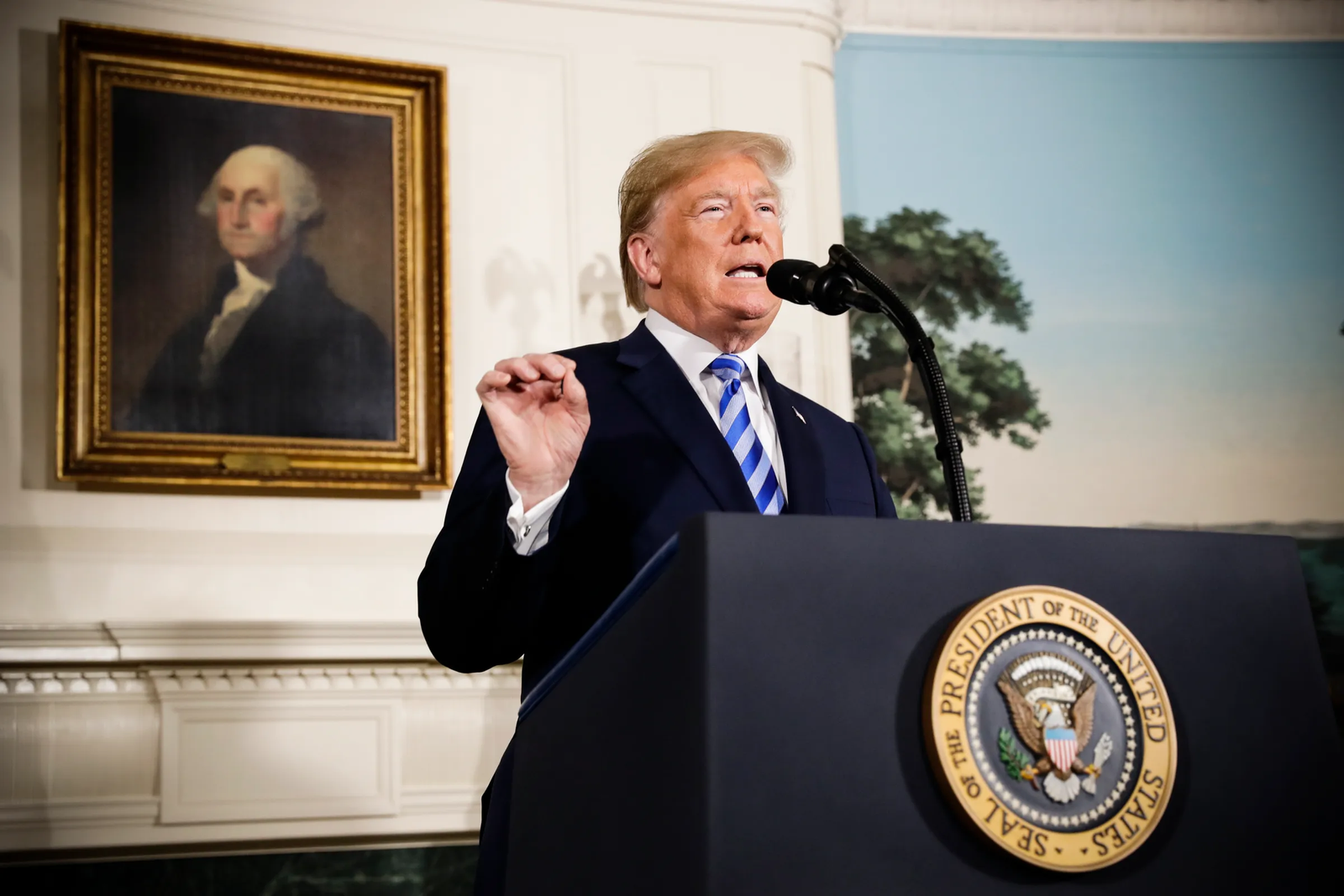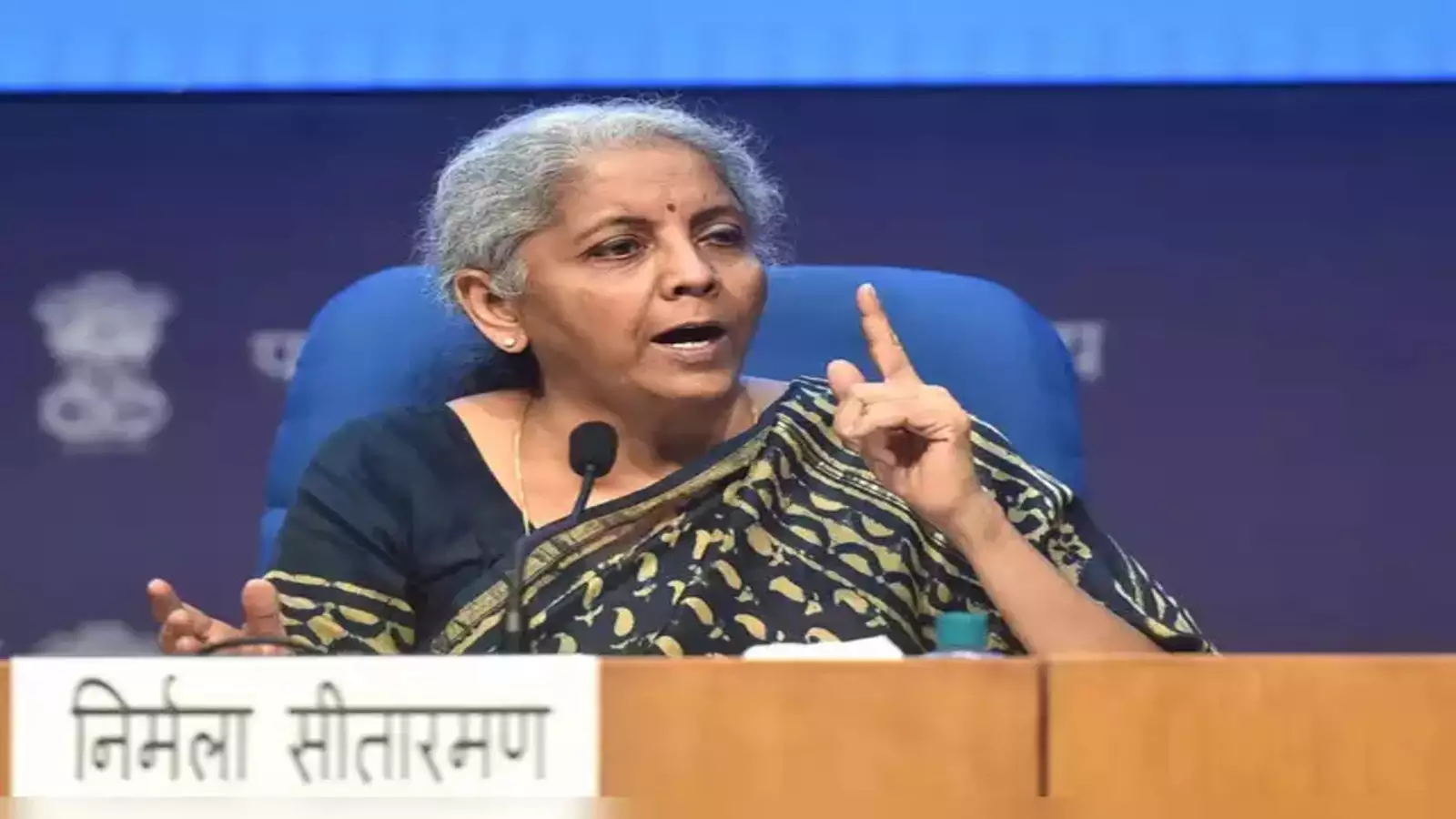West Bengal is currently a hotspot of political and social upheaval, with the Nabanna Abhijan rally at the center of a dramatic conflict involving student activists, the state police, and political figures. This article delves into the details of this escalating situation, exploring the accusations, counterclaims, and the broader implications of the rally on the state's political landscape.
Background: The Nabanna Abhijan Rally
The Nabanna Abhijan rally was organized as a protest against the alleged rape and murder of a doctor at RG Kar Medical College. Spearheaded by Chhatra Samaj, a student organization, and the Sangrami Joutha Mancha, a group representing state government employees, the rally aimed to demand justice and accountability from the West Bengal government. The protest was intended to be a peaceful demonstration, highlighting serious grievances and calling for systemic changes.
Suvendu Adhikari’s Accusations
On Tuesday morning, Suvendu Adhikari, the Leader of Opposition in West Bengal, made headlines with his accusations against the Mamata Banerjee government. He alleged that four students, who were supposed to join the Nabanna Abhijan rally, had been forcibly disappeared by the police. Adhikari’s claims were posted on the microblogging site X (formerly Twitter), where he identified the students as Subhojit Ghosh, Pulokesh Pandit, Goutam Senapati, and Pritam Sarkar.
According to Adhikari, these students had been distributing food to rally volunteers at Howrah Station the night before the protest. He expressed grave concern over their sudden disappearance, suggesting that they might have been detained or arrested by the police. Adhikari’s post was charged with accusations, stating that if anything happened to the students, the Mamata Police would be held responsible.
The Police’s Counter-Narrative
In response to Adhikari’s allegations, the West Bengal Police quickly provided their side of the story. They dismissed the claims of the students’ disappearance, asserting that the students had not gone missing but had been arrested due to their involvement in planning violence during the rally. According to the police, the students were implicated in a conspiracy related to large-scale violence, murder, and attempted murder. They argued that the arrests were necessary for maintaining public safety and security.
The police also released a statement on X, emphasizing that their actions were in line with the law and aimed at preventing potential chaos. They claimed that the students' families had been informed about the arrests, thereby countering the narrative of a forced disappearance.

The Rally’s Progression and Clashes
Despite the unfolding drama, the Nabanna Abhijan rally proceeded with significant participation from students and activists. Hundreds of students took to the streets of Kolkata, marching with tricolors and banners demanding the resignation of Chief Minister Mamata Banerjee. The rally aimed to draw attention to the alleged mishandling of the RG Kar case and to call for justice.
As the rally progressed, tensions escalated. Several students attempted to breach barricades set up by the police to prevent them from approaching the secretariat. The visuals from Kolkata showed intense confrontations between the protesters and the authorities. The ruling Trinamool Congress (TMC) and the West Bengal Police expressed concerns about potential disruptions and violence, although Chhatra Samaj maintained that their protest was meant to be peaceful.
Read More: todays in-depth news analysis
Student Organizations’ Stance
Chhatra Samaj, led by spokesperson Sayan Lahiri, vehemently denied allegations of any violent intent. Lahiri argued that the claims made by the TMC and police were unfounded and designed to discredit the protest. He emphasized that the student organization was committed to a non-violent demonstration and had informed the police about their plans well in advance.
Lahiri also highlighted that the rally was organized by an apolitical platform, distancing it from affiliations with major political parties like BJP, RSS, or ABVP. This assertion was aimed at countering accusations of political manipulation behind the rally.
Security Measures and Prohibitory Orders
In anticipation of potential unrest, the West Bengal Police implemented extensive security measures around the Nabanna area. Over 6,000 police personnel were deployed, including high-ranking officers and specialized units. The security arrangements included barricading at key locations, drone surveillance, and the presence of multiple layers of police officers at various ranks.
Prohibitory orders were imposed under Section 163 of BNSS, restricting the assembly of five or more persons near Nabanna. These measures were intended to control the crowd and prevent any potential violence. The police also emphasized the importance of maintaining normalcy and urged the public to avoid provocations.
Political Reactions and Implications
The Nabanna Abhijan rally has not only been a point of contention between the police and protesters but also a significant political issue. The Trinamool Congress released videos purportedly showing BJP leaders planning to incite violence at the rally. This move was aimed at shifting blame and justifying the stringent security measures.
In contrast, Governor CV Ananda Bose urged the state government to respect the Supreme Court’s directive on peaceful protests. He called for the government to exercise restraint and avoid suppressing the students’ right to protest.
Supreme Court’s Ruling on Peaceful Protests
On August 22, the Supreme Court of India issued a ruling regarding peaceful protests in West Bengal. The court affirmed the right to peaceful assembly but clarified that the state government retained the authority to enforce lawful measures. This ruling provided a legal framework for managing the protest while ensuring that it remained within the bounds of the law.
The Rejection of Rally Permissions
The police faced criticism for rejecting rally permissions from Chhatra Samaj and Sangrami Joutha Mancha. The rejections were based on two main reasons: the overlap with scheduled UGC-NET examinations and existing prohibitory orders around Nabanna. Police officials argued that these factors contributed to the decision, emphasizing the need to prevent any disruptions.
Public Reaction and Future Implications
The Nabanna Abhijan rally has sparked widespread public interest and debate. The clash between Suvendu Adhikari and the Bengal Police has highlighted the complexities of managing large-scale protests in a politically charged environment. The situation remains fluid, with ongoing developments likely to impact the political landscape in West Bengal.
Read More: Generative AI: The Next Frontier in Creativity and Innovation
Conclusion
The Nabanna Abhijan rally has become a focal point of conflict in West Bengal, revealing the intricate dynamics between political leaders, law enforcement, and civil society. The accusations of police misconduct, coupled with stringent security measures, have turned a protest against alleged violence into a broader political and social issue. As the situation evolves, the true impact of the rally on West Bengal’s political landscape will continue to unfold. The clash between Suvendu Adhikari and the Bengal Police underscores the challenges of balancing political activism with law enforcement in a highly charged atmosphere.
Other Popular News Post:
Cyclone Dana | Hezbollah | Bounty on Lawrence Bishnoi | Priyanka Gandhi | Environment Protection Act | PM Modi at BRICS Summit | Cyclone Dana | Tata-Airbus C-295 Aircraft Production | Zeeshan Siddique | Sushant Singh Rajput Death | Punjab Farmers Protest | Maharashtra Assembly Elections | Tata-Airbus Aircraft Plant | Israel-Iran War Updates | Kerala Fireworks Accident
Explore other popular Posts:
Blog | News | Entertainment | Education | Sports |
Technology | Cryptocurrency | Stock | Home | Sitemap





